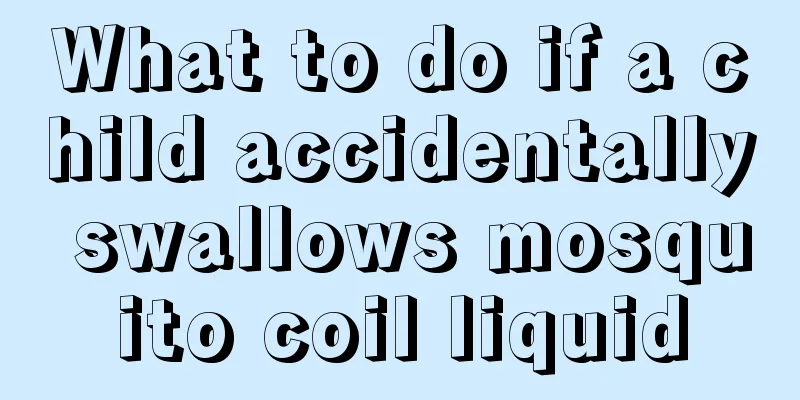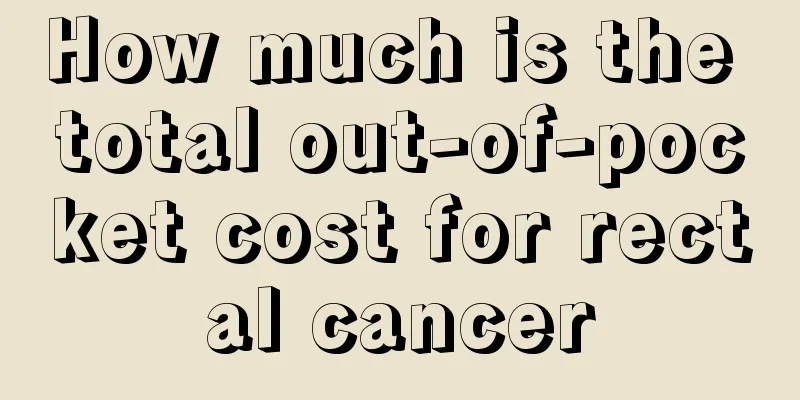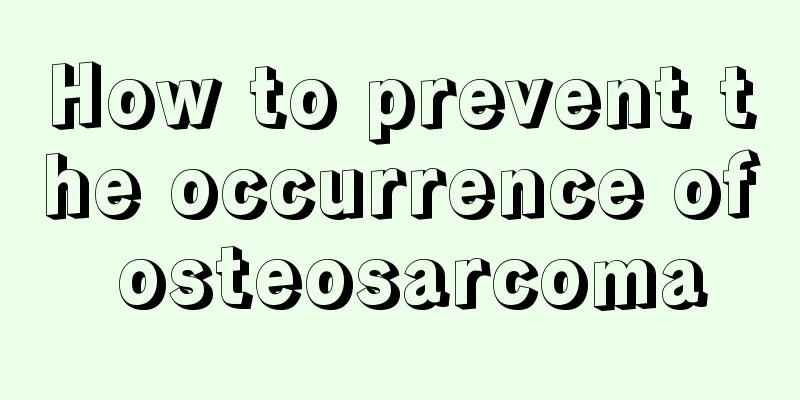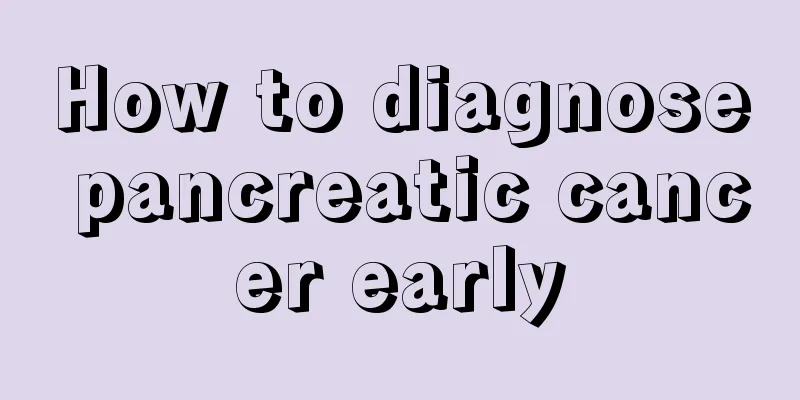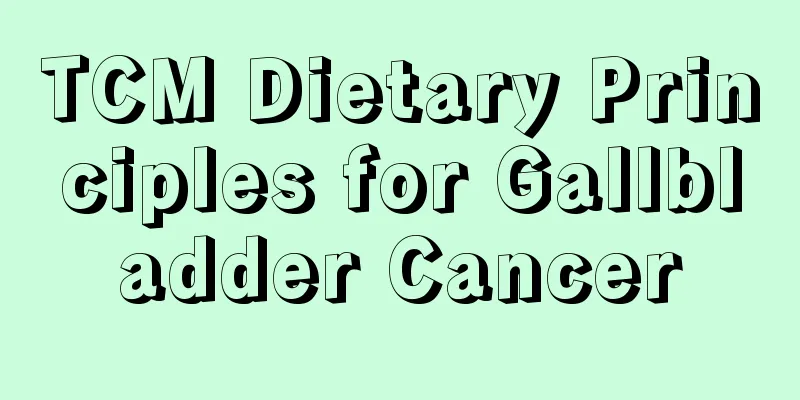What are the specific contents of surgical treatment for nasopharyngeal carcinoma
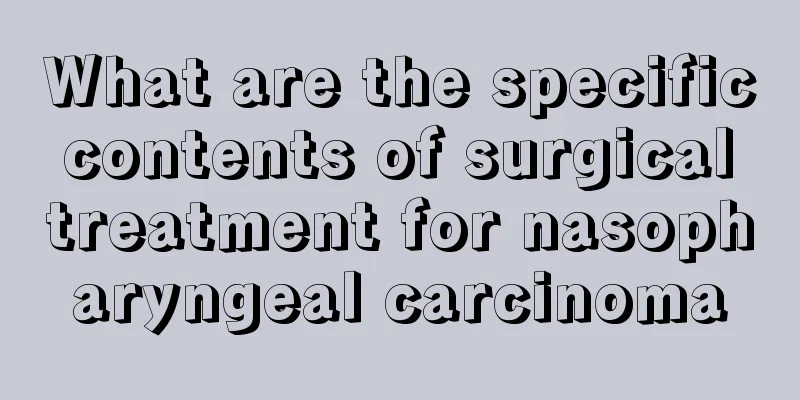
|
What are the specific contents of surgical treatment for nasopharyngeal carcinoma? After radiotherapy, the primary lesion of nasopharyngeal carcinoma has not completely shrunk, there are still remnants, or the tumor has recurred, and it is not suitable for further radiotherapy. The tumor is relatively limited, there is no skull base bone destruction or brain nerve damage, no distant metastasis, and the general condition is good. At present, radiotherapy is still the first choice for the treatment of nasopharyngeal carcinoma, and the effect is better. Surgery is the first choice, and surgery alone is not advisable. Indications: Patients with incomplete shrinkage of the primary lesion after radiotherapy, residual tumors, or recurrence of the tumor, who are not suitable for further radiotherapy, with relatively localized tumors, no skull base bone destruction or cranial nerve damage, no distant metastasis, and good general condition. Currently, radiotherapy is still the first choice for the treatment of nasopharyngeal carcinoma, which has a good effect. Surgery is the first choice, and surgery alone is not advisable. Surgical method: 1. Through the oral hard palate approach, using the same method as fibroangioma resection, enter the nasopharyngeal cavity, expose the tumor tissue, and make a mucosal incision at the safe edge around the tumor. 2. If the tumor is located on the upper part of the posterior wall of the nasopharyngeal roof, it should be separated close to the bone surface; if it is located on the lower part of the posterior wall of the nasopharyngeal roof, it should be peeled along the prevertebral fascia; if it is located on the side wall of the nasopharynx, the tumor and the side wall of the nasopharynx including the Eustachian tube protuberance must be removed together. During the operation, a curette can be used more frequently to make the tumor removal more thorough. After the tumor is removed, the base is electrocauterized, the anterior and posterior nasal packing is performed to stop bleeding, and the palate incision is sutured. Note: As most patients have undergone radiotherapy, the incision heals slowly, and when making the hard palate and tongue-shaped mucoperiosteal flap, it is advisable to avoid perforation as much as possible. Postoperative treatment: basically the same as the resection of nasopharyngeal angiofibroma. The anterior and posterior nasal packing can be removed earlier, usually starting from the 5th day after surgery, and more drops of paraffin oil can be applied a few days before the gauze strip is removed. |
<<: What are the metastatic symptoms of nasopharyngeal carcinoma and how to care for them
>>: How do the symptoms of nasopharyngeal carcinoma change from early to late stages?
Recommend
How to remove oil stains
In life, it is difficult for people to avoid enco...
What is the reason for red pimples on the head
The forehead is an important area on the human fa...
Is it okay for milk powder to contain lactose?
For newborns, they cannot eat any food after birt...
Things to note after freezing mole removal, these aspects should be done well
There are many ways to remove moles, the most com...
What are the techniques for flipping the pan when cooking
When people see those good chefs who are good at ...
Can skin cancer be treated with cryosurgery?
Although the incidence of skin cancer in my count...
What are the effects and functions of puerarin?
Pueraria root is a Chinese herbal medicine that c...
Can shrimp be eaten with bayberry?
Shrimp is a creature that is widely found in vari...
What are the diagnostic methods for lung cancer? Summary of 7 diagnostic methods for lung cancer
Lung cancer is a disease with a high mortality ra...
How to prevent liver cancer? To prevent liver cancer, we need to do three checks and four treatments
We will find that there are many "liver canc...
Which hospital should I go to for diagnosis of bladder cancer
In clinical practice, we cannot tell what the dis...
Understanding the causes of cardia cancer can help prevent this disease
The occurrence of cardia cancer will have a great...
What should I do if hemorrhoids rupture and bleed
If friends with cracked and bleeding lips want to...
What are the symptoms of urethral caruncle?
Patients need to pay attention to the symptoms of...
What food is more effective for breast reduction?
Breast enhancement has always been a hotly debate...
